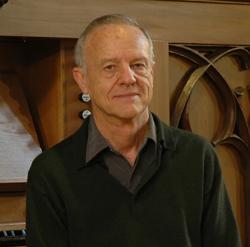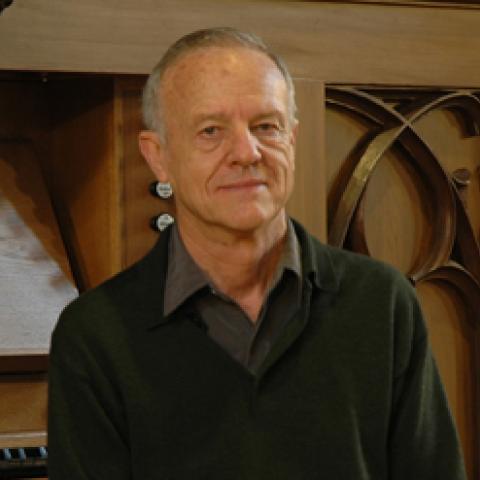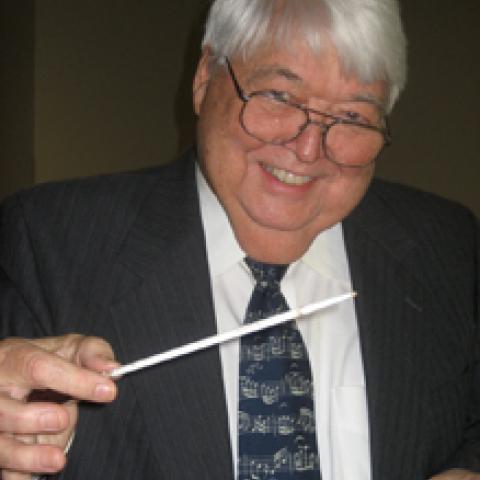
David Rumsey, 77, Australian organist, pedagogue, researcher, composer, and consultant, died February 12, 2017, in Basel, Switzerland. Born in Sydney, Australia, March 30, 1939, he was a major figure in the development of Australian organ playing, repertoire, recording, and building since the mid 1960s. He studied organ with Norman Johnston at the Sydney Conservatorium of Music, graduating as student of the year in 1963, after which he went to Europe to study with Marie-Claire Alain in Paris, France, and Anton Heiller at the Vienna Akademie, where he graduated in 1966. He returned to Australia in 1966 together with fellow Heiller student, Christa Brosch, whom he married.
Moving from Adelaide to Sydney in 1969, Rumsey established the organ and church music programs at the Sydney Conservatorium of Music and led the department for the following thirty years. He organized extensive European organ tours throughout his tenure. His repertoire was broad, and included early music and contemporary Australian organ music. He was organist for the Sydney Symphony Orchestra throughout this period. In 1998, he wrote, produced, acted, and performed in a 14-hour musical and dramatic spectacle on the life of
J. S. Bach, with actors in period costume from the National Institute of Dramatic Art (AUS), and musicians playing period instruments.
That same year, he married Elizabeth Jones, and they moved to Basel, Switzerland, in 1999. He continued his commitment to organ research, particularly in his collaboration with Kimberly Marshall on a lexicographical collection of articles about the organ while pursuing his playing and lecturing career. He was the organist of the Catholic church in Laufen, near Basel, and in 2010, in collaboration the Dutch organbuilder Winold van der Putten, designed and commissioned the building of a Gothic organ. A significant emphasis over the recent years has been his collaboration with Daniel Debrunner on the restoration, curation, and promotion of the 1913 Welte Philharmonic Organ (originally destined for HMHS Britannica, now housed in the Swiss national museum of automated musical instruments in Seewen) and the preservation and documentation of the collection of rolls recorded on the instrument by eminent organist/composers of the early 20th century.
Among his articles published in The Diapason are “The Origins of Seewen’s Welte-Philharmonie” (February 2008), “Welte’s Philharmonie roll recordings 1910–1928: My afternoons with Eugène Gigout” (February 2011), and “In Search of the Secrets of Medieval Organs: The European Summer of 2012—A Report and Some Reflections” (May 2013).
David Rumsey is survived by his wife, Liz, two daughters, Stella and Marie, and four granddaughters.




